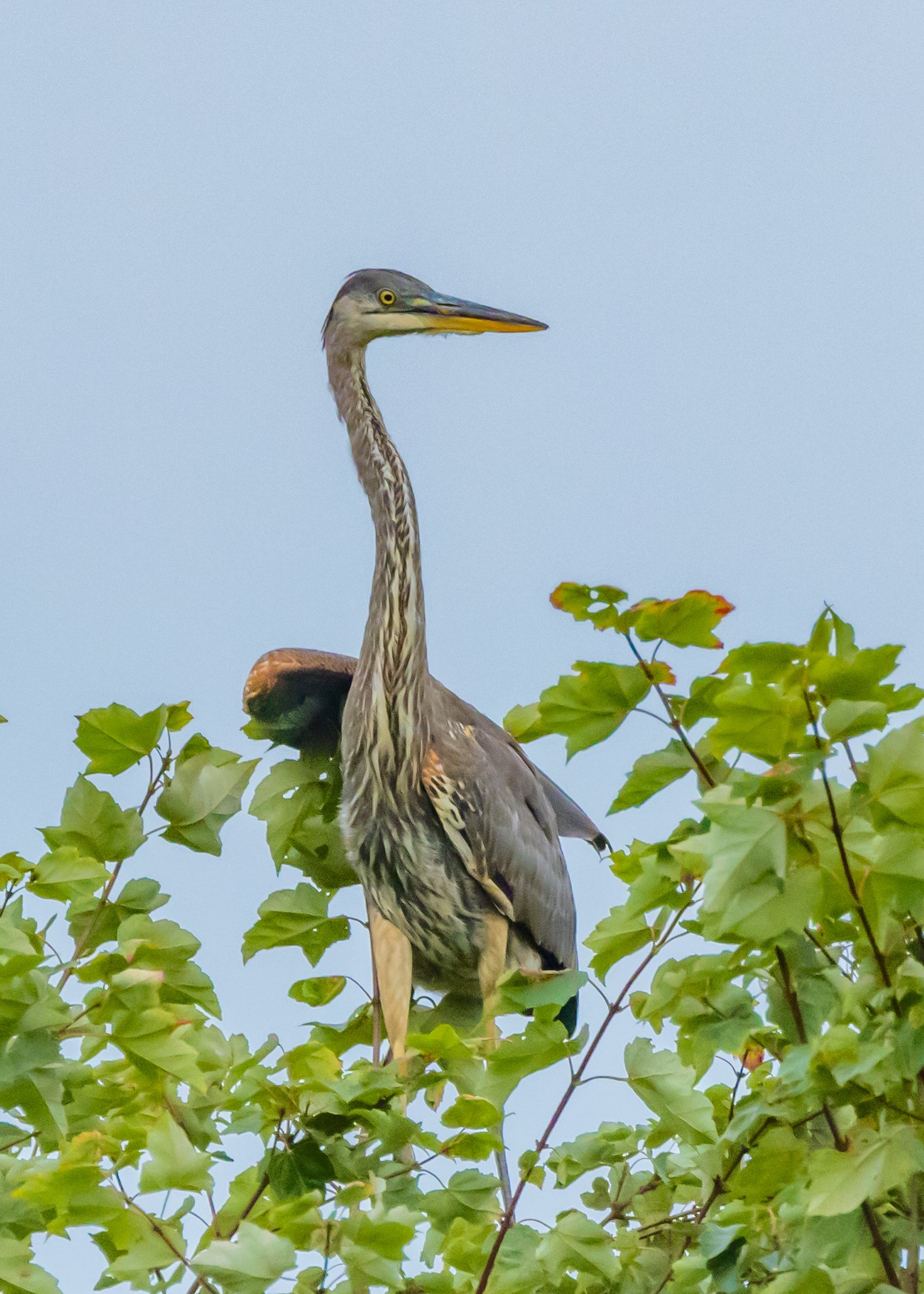The black water quivers
Birthing reds, whites and silvers
A breathing painting*
For 20 years our backyard has included a small koi pond, first at our in-town house in Concord and, since 2014, at our home on the city’s western outskirts near Turkey Pond. I won’t call them pets, and we don’t name the fish, but they mesmerize and enchant as if the 7 or 8 of them were a single shimmering, “breathing painting.” A lovely waterfall aerates the water so the fish can breathe, and the pond is home to some delightful water flowers and always at least one humongous bullfrog. For the past seven years or so, all of the fish have survived the New Hampshire winter, albeit softened by climate change, living under a large flat rock below the frozen surface of the pond. In winter, the waterfall is “turned off” and a small bubbler provides aeration and ensures a small unfrozen area where oxygen can reach the water.
But all nature consists of predators and prey to enforce a delicate balance and drive evolutionary improvements. Our koi feed constantly off of the algae coating the rocks in the pond, and the bullfrog snares insects and the occasional small songbird with his darting tongue and incredibly wide-hinged mouth while avoiding the milk snake lurking in the weeds. I suppose the pond’s proximity to our house and our coming and going in the yard and gardens prevented the koi from becoming prey. Or so we assumed.
Two weeks ago while gazing out our upstairs bedroom window at a sunny late summer morning, Seddon was startled by a creature with a six-foot wing span swooping off of our roof to alight beside the pond. Something fire breathing and horrific out of childhood fairy tales? No, but just as dreadful for the koi - a large four-foot tall great blue heron. That day and the next we or the dogs chased it off multiple times - once from his perch atop a patio umbrella just outside our kitchen window - a startling vision before your morning coffee. And then it was gone leaving the pond empty of the eight fish that had made it home for many years.
The pond at our previous house was discovered by the resident heron from the small lake at nearby White Park. After the loss of several fish, I installed a motion-activated sprinkler and a heron decoy, which seemed to dissuade the heron’s poaching our koi. Thinking all of our fish were gone, I installed the sprinkler and decoy system and purchased two new koi. Within an hour six of our original fish emerged from under the rock and joined the two newcomers apparently feeling safe once more.
No heron until yesterday when I glanced out at the pond and, standing next to the decoy and almost as still, was our predator. I tried multiple times to photograph it in the pond, but since all nature is both prey and predator, the heron took off the instant that I stepped outside. But on the last occasion it circled the yard several times and landed in defiance at the top of an 80 foot maple tree from which it had a heron’s eye view of our yard and pond. Fortunately, the same eight koi have still survived and swim eagerly to me when I appear with a handful of food at the pond’s edge.
Nearly all great blue herons leave New England for warmer weather between late July and late September, so maybe we’ll have a respite until war resumes in the spring. Or, maybe like the deer ticks, the herons will decide that New Hampshire is no longer so cold in winter.
You can find an earlier blog about herons here: Do bees have knees? — Carl Cooley Photo
And from my dear friend Mark: https://youtu.be/kiBSwlSLNJ8?si=YYPQMePriFHEKvdm


